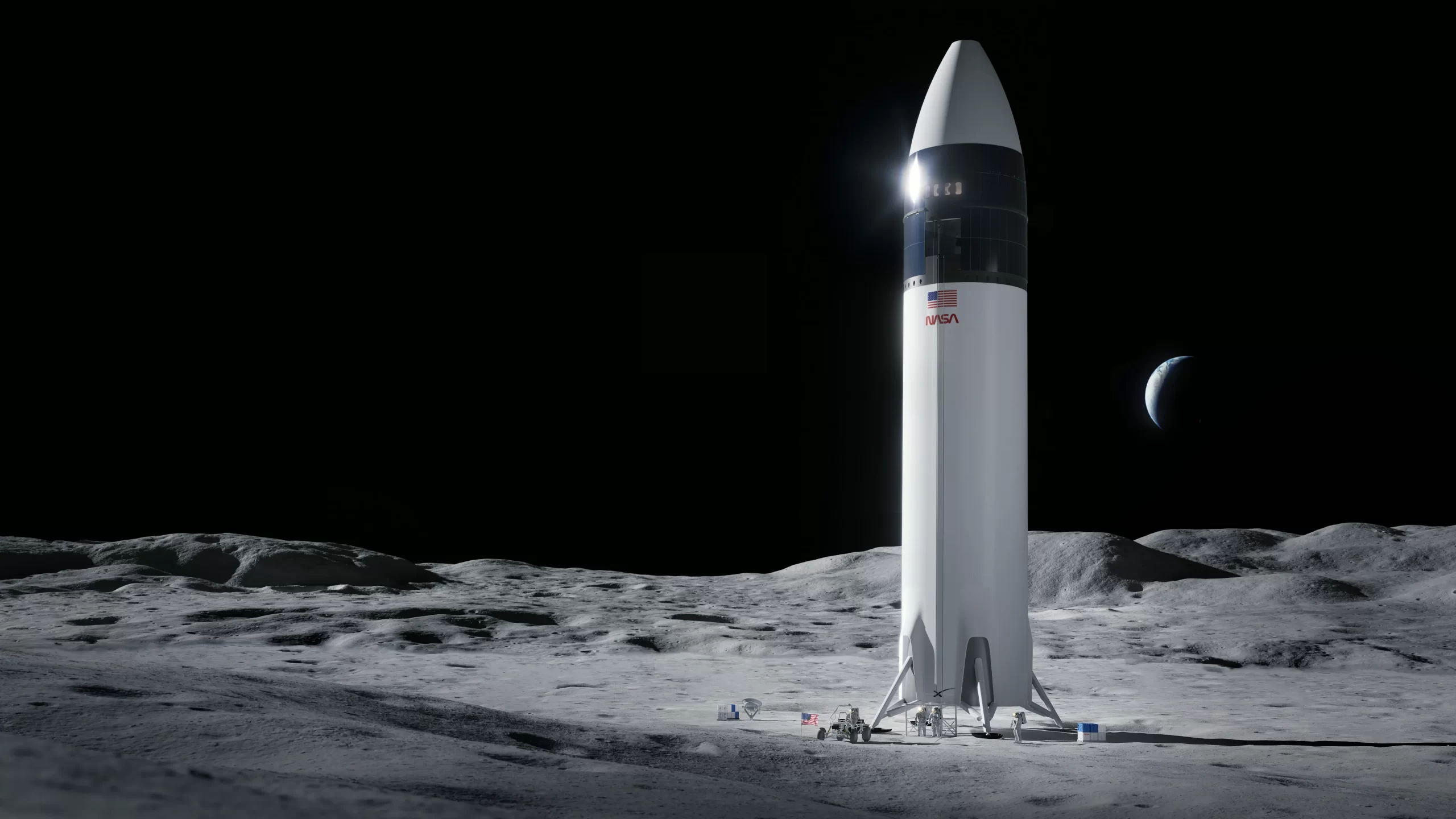Key Takeaways:
- The call for the forthcoming astronaut cohort is now open.
- NASA seeks new explorers for lunar and potentially Martian missions.
- Aspiring astronauts have until April 2 to submit applications to NASA.
- Stringent prerequisites include advanced degrees and professional experience.
- Prospective astronauts will embark on unprecedented lunar explorations.
NASA has commenced the selection process for its next cadre of spacefarers. The agency is on the hunt for intrepid individuals poised to traverse the lunar landscape and, perhaps, venture towards the enigmatic realms of Mars. Aspiring spacefarers, heed this call: the deadline for submissions looms on April 2, presenting an opportunity for eligible U.S. citizens to ascend to the celestial heights, pending selection.
The eligibility criteria stand as a formidable barrier, demanding academic prowess in the realms of science, technology, engineering, or mathematics at the master’s level. Moreover, candidates must demonstrate a minimum of three years’ professional engagement in their respective fields, with pilots required to boast a substantial accumulation of 1,000 hours of pilot-in-command experience or a medical residency. The physical endurance requisite is equally arduous, necessitating a successful passage through an exhaustive assessment of long-duration physical resilience. Further details regarding these stipulations are available for perusal on the official NASA website.
In a proclamation brimming with fervent anticipation, NASA officials delineated the intended exploits awaiting the chosen few: “Astronauts will delve into uncharted territories, orchestrating experiments and scientific endeavors at the lunar south pole.” The agency envisages an epoch of unprecedented exploration, with lunar missions poised to propel humanity farther into the cosmos than ever before, culminating in the tantalizing prospect of pioneering voyages to the red planet itself.
Reflecting on the preceding recruitment cycle in 2021, NASA bore witness to an overwhelming deluge of over 12,000 applications. From this deluge emerged a select cohort of ten individuals, including representatives from the United Arab Emirates, marking the culmination of a rigorous 2.5-year odyssey of foundational training.
Prospective recruits, erstwhile labeled as astronaut candidates, undergo a comprehensive regimen of basic training, encompassing a diverse array of skills ranging from extravehicular activities to the operation of spacecraft systems and the mastery of aerial maneuvers aboard T-38 jet aircraft, culminating in the adept manipulation of robotic appendages.
Embarking on a nostalgic journey spanning six decades, NASA’s inaugural foray into astronaut recruitment dates back to the auspicious year of 1959. Over the ensuing epoch, the agency has enlisted a total of 360 individuals into its esteemed ranks, comprising a heterogeneous mosaic of 299 men and 61 women, with a bifurcation between military and civilian backgrounds, as well as pilots and non-pilots. An overwhelming majority of these intrepid explorers subsequently embarked on celestial odysseys, venturing into the cosmos to unravel the mysteries of the universe.
Amidst the contemporary milieu, a plethora of opportunities abound, ranging from prospective lunar missions under the aegis of the Artemis program to protracted sojourns aboard the International Space Station. Commercial enterprises, including SpaceX and Blue Origin, offer novel platforms for extraterrestrial exploration, augmenting NASA’s endeavors with cutting-edge spacecraft and innovative technologies.
Notwithstanding the allure of spacefaring escapades, the exigencies of an astronaut’s vocation extend beyond the bounds of celestial jaunts, encompassing a myriad of terrestrial responsibilities. A typical astronaut’s career is punctuated by extensive stints of ground-based support, comprising mission control operations and developmental projects aimed at fostering the next frontier of space exploration.
For aspirants unable to secure a berth within NASA’s august ranks, alternative avenues for celestial sojourns beckon. Commercial enterprises such as Virgin Galactic and Blue Origin offer fleeting yet exhilarating excursions to the fringes of space, albeit at a premium. Axiom Space presents a novel proposition, ferrying commercial astronauts to the International Space Station for abbreviated missions. Concurrently, other space agencies participating in collaborative ventures such as Artemis and the International Space Station offer alternative pathways for aspiring astronauts to fulfill their cosmic aspirations.


